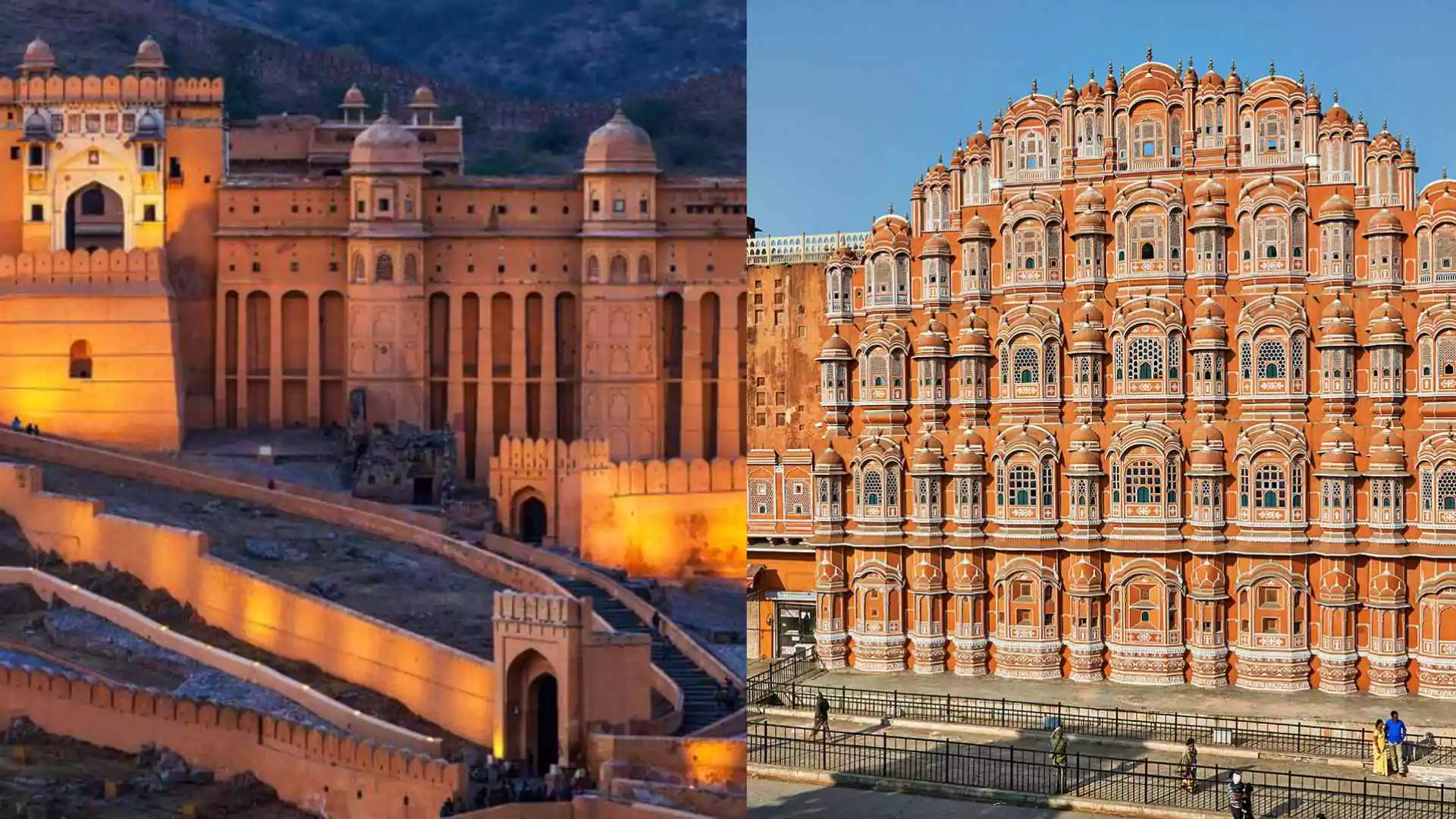ISRO ended 2024 on a high note with the successful launch of its 99th mission, the PSLV-C60. This launch carried two significant experimental missions — SpaDex and POEM-4 — marking another milestone for the Indian space agency. As these experiments continue into the new year, ISRO is gearing up for its highly anticipated 100th mission set to take place in January 2025.
ISRO’s 100th Mission: GSLV-F15/NVS-02
The 100th mission will be launched aboard the Geosynchronous Satellite Launch Vehicle (GSLV Mk-II) rocket. This mission will carry the NVS-02 payload, which is part of India’s Navigation Satellite System (NavIC). The NVS-02 satellite is a critical component in expanding India’s satellite navigation system, aiming to enhance precision military activities, strategic applications, and terrestrial navigation.
ISRO’s Chairman S. Somanath confirmed that this mission will be a major step in adding to the Indian navigation satellite constellation, which includes the Indian Regional Navigation Satellite System (IRNSS), more commonly known as NavIC. NavIC is India’s answer to global positioning systems (GPS) such as the US’ GPS, Russia’s GLONASS, and China’s BeiDou.
GSLV-F15: Mission Goals and Objectives
The GSLV-F15 mission will be the 17th flight of India’s Geosynchronous Satellite Launch Vehicle and the 8th operational flight using the Cryogenic stage developed indigenously by ISRO. The objectives of this mission, under the NavIC system, are wide-ranging and include the following:
- Precision military activity
- Strategic applications
- Navigation for land, air, and sea
- Precision agriculture
- Geodetic surveying
- Emergency services
- Fleet management
- Location-based services on mobile devices
- Satellite orbit determination
- Marine fisheries
- Timing services for financial institutions and power grids
- IoT-based applications
NVS-02: The Next-Generation Satellite
The NVS-02, part of the second generation of NavIC satellites, will be the ninth satellite in the constellation. It will carry two types of payloads: navigation payload and ranging payload. The navigation payload transmits signals using three frequency bands: L1, L5, and S band. At the heart of this payload is a Rubidium atomic clock, known for its incredible accuracy, capable of measuring time with an accuracy of up to three parts in 10 quadrillion. This high-precision clock ensures the satellite’s timekeeping is accurate to within one second over 100 million years.
The ranging payload contains a transponder that sends time-stamped navigation signals to receivers on Earth. These signals help users determine their precise position, speed, and time. The system ensures seamless service, even in adverse weather conditions, making it a reliable tool for various applications, including navigation and military uses.
NavIC’s Dual Use and Security Enhancements
NavIC is a dual-use system, serving both civilian and military purposes. The second-generation NavIC satellites, such as the NVS-02, come equipped with enhanced encryption systems to secure communications. This makes it a vital asset for both strategic and civilian needs. The system was initially known as IRNSS (Indian Regional Navigation Satellite System) but has since expanded its capabilities to offer broader coverage, though it remains a regional system like Japan’s QZSS. However, there are discussions about expanding its coverage to global levels in the future.
India’s NavIC is currently one of the regional satellite navigation systems, alongside GPS from the US, GLONASS from Russia, Galileo from the European Union, and BeiDou from China. However, its potential to become a global system is a real possibility in the coming years.
The Last GSLV Mission and Future Launches
ISRO’s last GSLV mission was in February 2024, when the GSLV-F14/INSAT-3DS Mission successfully launched the INSAT-3DS satellite into a Geosynchronous Transfer Orbit (GTO). Prior to this, the GSLV-F12/NVS-01 mission in May 2023 launched the NVS-01 satellite, the precursor to NVS-02.
With 2025 set to begin with ISRO’s 100th mission, all eyes are on the GSLV-F15/NVS-02 mission, which will play a crucial role in the expansion and reliability of India’s satellite navigation system. This milestone mission highlights the growing capabilities of ISRO and its continued pursuit of excellence in space exploration.
Also Read: Watch: ISRO Shares Video As PSLV-C60 Successfully Launches SpaDeX; India Hits Milestone






















